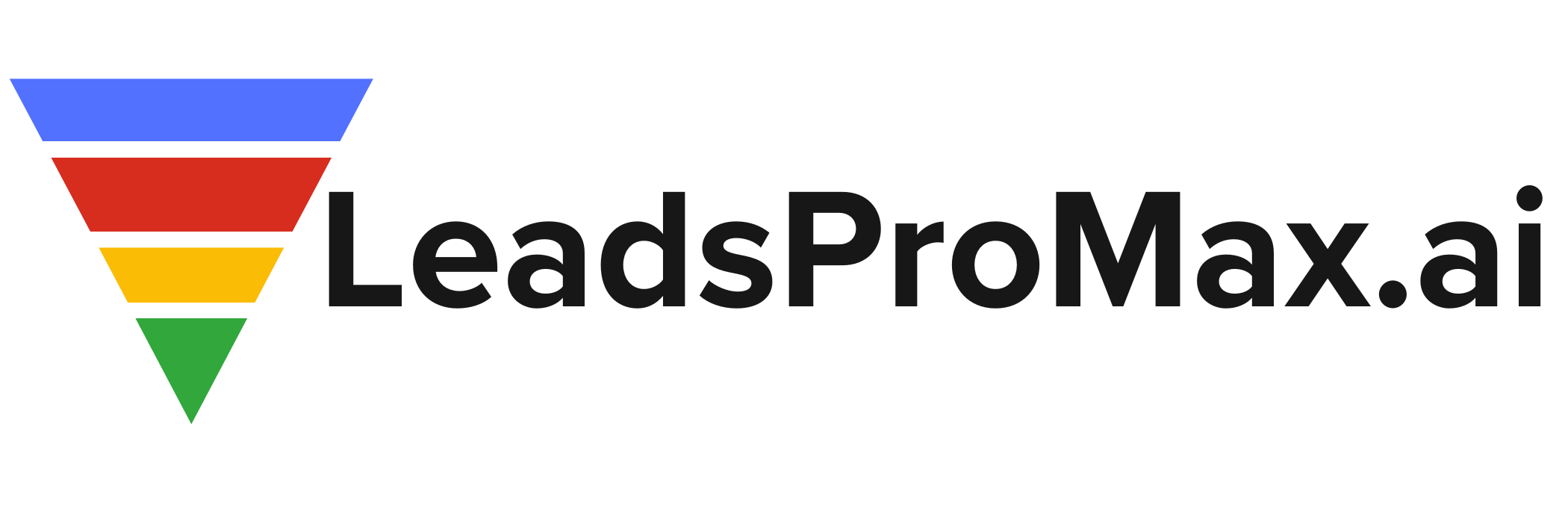Predictive Disease Analytics: Revolutionizing Healthcare with AI and Machine Learning
The healthcare industry is undergoing a transformative shift, with predictive disease analytics emerging as a game-changer in patient care and operational efficiency. As the demand for precision medicine and data-driven decision-making grows, the predictive disease analytics market is poised for remarkable growth in the coming years. In this blog post, we’ll delve into the key drivers, market segments, and notable players shaping the future of healthcare analytics.
Predictive Disease Analytics Market: A Booming Landscape
The predictive disease analytics market is experiencing an impressive surge, with projections indicating substantial growth in the near future. In 2023, the market was valued at approximately USD 2.5 billion, and it is expected to soar at a compound annual growth rate (CAGR) of 21.7% from 2024 to 2032[1]. Moreover, another report suggests that the market could reach a staggering USD 18.64 billion by 2033, propelled by a CAGR of 22.5%[3].
Driving Forces behind the Growth
Several key factors are fueling the expansion of the predictive disease analytics market:
1. **Advancements in AI and Machine Learning**: The rapid progress in artificial intelligence (AI) and machine learning technologies is enabling more accurate and efficient predictive analytics in healthcare[1][3].
2. **Increasing Demand for Precision Medicine**: As personalized treatment approaches gain traction, predictive analytics plays a crucial role in identifying patient-specific risks and tailoring interventions accordingly[1][3].
3. **Need for Data-Driven Decision-Making**: Healthcare organizations are recognizing the value of leveraging vast amounts of data to make informed decisions, improve patient outcomes, and optimize resource allocation[1][3].
Market Segmentation: Deployment and End-Users
The predictive disease analytics market encompasses various deployment models and caters to different end-users within the healthcare ecosystem.
Deployment Models
The market is segmented into two primary deployment models:
1. **On-Premises Deployment**: Some healthcare organizations prefer to maintain their predictive analytics infrastructure in-house, ensuring greater control and data security[1][5].
2. **Cloud Deployment**: Cloud-based solutions are gaining popularity due to their scalability, flexibility, and cost-effectiveness, enabling healthcare providers to access advanced analytics capabilities without significant upfront investments[1][5].
End-Use Segments
The predictive disease analytics market serves three main end-user segments:
1. **Healthcare Payers**: Payers, such as insurance companies and government agencies, leverage predictive analytics to identify high-risk patients, optimize resource allocation, and manage population health[1][3].
2. **Healthcare Providers**: Hospitals, clinics, and physicians utilize predictive analytics to improve patient outcomes, streamline operations, and enhance clinical decision support[1][3].
3. **Other End-Users**: Research institutions, pharmaceutical companies, and public health organizations also benefit from predictive analytics to advance medical research, drug development, and disease surveillance[1][3].
Key Players in the Predictive Disease Analytics Market
Several notable companies are at the forefront of the predictive disease analytics revolution, offering cutting-edge solutions and driving innovation in the industry.
1. **SAS**: Renowned for its advanced analytics platforms, SAS provides comprehensive solutions that enhance operational efficiency and patient care in healthcare settings[2][5].
2. **Allscripts Healthcare Solutions Inc.**: Allscripts delivers integrated healthcare IT solutions, empowering healthcare providers with predictive analytics capabilities and population health management tools[2][5].
3. **MedeAnalytics, Inc.**: Specializing in clinical and financial analytics, MedeAnalytics supports hospitals and research institutions in leveraging data to improve patient outcomes and operational efficiency[2][5].
4. **Health Catalyst**: Health Catalyst offers a robust suite of data analytics solutions designed to optimize healthcare delivery, enhance quality of care, and reduce costs[5].
These industry leaders are continuously investing in AI-driven analytics platforms and forging strategic partnerships to advance the capabilities of predictive analytics in healthcare[1][5].
The Future of Predictive Disease Analytics
As the healthcare landscape evolves, predictive disease analytics is poised to play an increasingly pivotal role in transforming patient care and operational efficiency. By harnessing the power of AI, machine learning, and data analytics, healthcare organizations can proactively identify at-risk patients, optimize treatment plans, and allocate resources more effectively.
The growth of the predictive disease analytics market presents exciting opportunities for healthcare providers, payers, and technology companies alike. As the industry embraces data-driven decision-making and personalized medicine, predictive analytics will become an indispensable tool in improving patient outcomes and driving healthcare innovation.
Stay ahead of the curve by exploring how predictive disease analytics can revolutionize your healthcare organization. Embrace the power of AI and machine learning to unlock new insights, optimize operations, and deliver exceptional patient care in the era of precision medicine.
#PredictiveDiseaseAnalytics #HealthcareInnovation #AIinHealthcare
-> Original article and inspiration provided by ReviewAgent.ai
-> Connect with one of our AI Strategists today at ReviewAgent.ai

